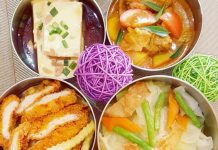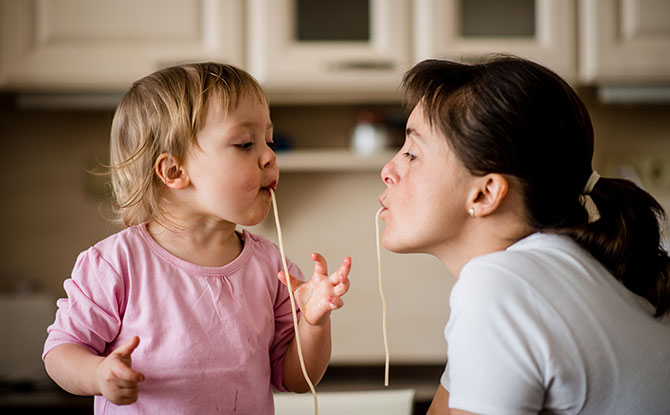
The preschool years are an exciting time for children. This is when their world starts opening up – they become physically more independent, socially more adept, and begin to develop their own personality and way of thinking. With a keener sense of identity, preschoolers can become more assertive about what they want – or do not want – at the dinner table. It is therefore important to actively encourage healthy eating habits at this stage.
How to encourage healthy eating habits in preschoolers
Create a conducive environment for healthy eating
Before we can delve into food and nutrition, the environment must first be conducive for young ones to eat well. However wholesome a meal is, kids will not be able to benefit optimally from it if they keep running around or are too full to stomach much.
To create the right environment, it is helpful to have a routine. Parents should try to serve main meals and snacks at the same time every day and ensure that children remain in their seats till the end of the meal.
The dinner table should also be free of screens, so children can fully appreciate their food and the company around them. It would be best if adults in the family can set a good example.
Choose nutritious food and eat balanced meals
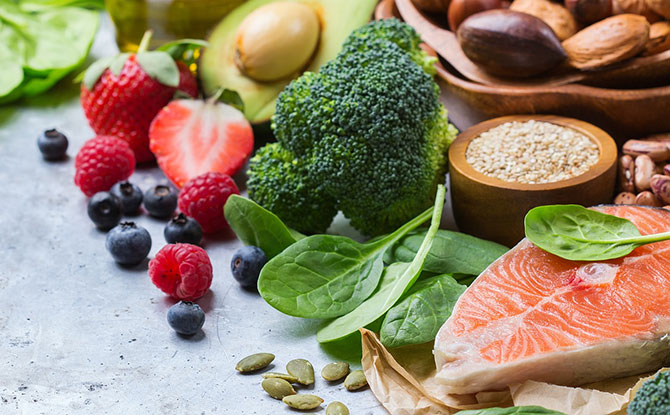
Preschoolers are an active bunch, requiring three main meals and up to two snacks a day to keep up with their energetic pursuits. It is important that they eat a wide variety of food in the right amounts to meet their daily nutritional needs.
The Health Promotion Board recommends that preschoolers eat three to four servings of brown rice or wholemeal bread a day, alongside one serving of each of these food groups: fruit, vegetables, meat and calcium-rich food. To get a good idea of what constitutes one serving, refer to this simple photo guide.
Snack wisely
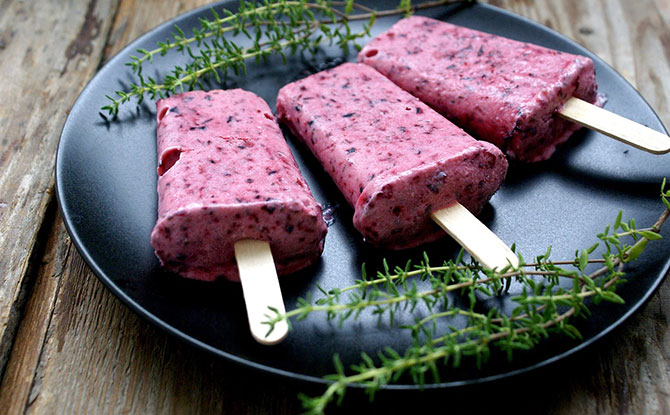
Snack time should be seen as an opportunity to make up for any shortfall in meeting the daily nutritional needs, instead of a chance for kids to indulge in junk food or sugary drinks. As much as possible, serve snacks that are both healthy and delicious, such as cheese on whole wheat crackers, apple slices and home-made fruit popsicles.
On busy days, it is perfectly fine to turn to healthy ready-made snacks. Just make sure that they do not contain any artificial flavours, sweeteners or preservatives. A good example would be GERBER’s Yogurt Melts available in Mixed Berries and Strawberry flavours, which are made with real fruits and natural yogurt.
Avoid using food as a reward
“Finish your vegetables, then I’ll give you dessert.” Many parents negotiate this way with their kids to get them to eat more nutritious food. However, this teaches children to make deals to get rewards and causes them to perceive desserts as having a higher value than vegetables, which can lead to undesirable attitudes towards less healthy food options.
Try baking together
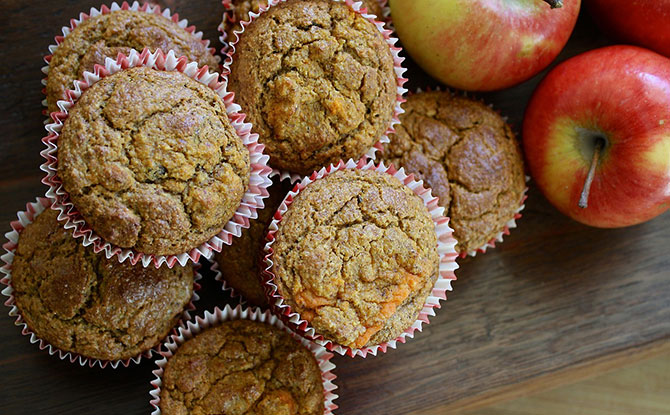
A good way to encourage healthy eating habits in preschoolers is to bake with them. Having improved in their fine motor skills, they love the pouring, stirring and beating involved in making simple muffins and cookies.
As kids are more willing to try food that they helped to prepare, take the opportunity to highlight nutritious ingredients, such as carrots, spinach and chia seeds, by adding them in the batter. To further increase the nutritional content of these baked snacks, try replacing white flour with wholemeal flour – or even oatmeal cereal – and using less sugar than stated in the recipe.
Even when it gets too hectic to bake, there is no need to compromise on the kids’ nutrition. These young ones can still enjoy nutritious baked snacks such as GERBER’s Organic Lil’ Crunchies, which are made with real organic navy beans and provide 2g of plant protein per serving.
Only have nutritious treats in the house
Preschoolers are experts at hide-and-seek. If there are treats – even well-hidden ones – in the house, they will definitely be able to find them! So, place nutritious snacks for quick energy replenishment at easy-to-reach places. A good choice would be GERBER’s Arrowroot Biscuits, which are made using enriched wheat flour and arrowroot flour, and are even fortified with Vitamin E and Zinc!
Let GERBER help your child build good eating habits
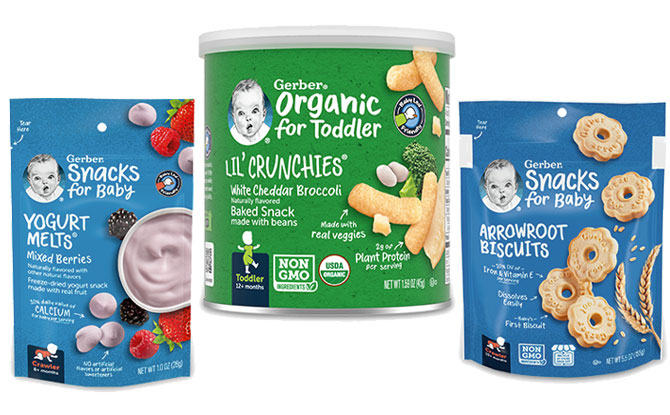
Dedicated to being your best nutrition partner for over 90 years, GERBER aims to make every bite count by providing a wide range of nutritious snacks for every stage of children’s development.
Not only are these snacks free of preservatives and artificial flavours and sweeteners, but they are also fortified with vitamins and minerals to support little ones’ growth and development. The best part is, kids love them and parents approve!
To find out more about GERBER’s nutritious snacks, click here.







